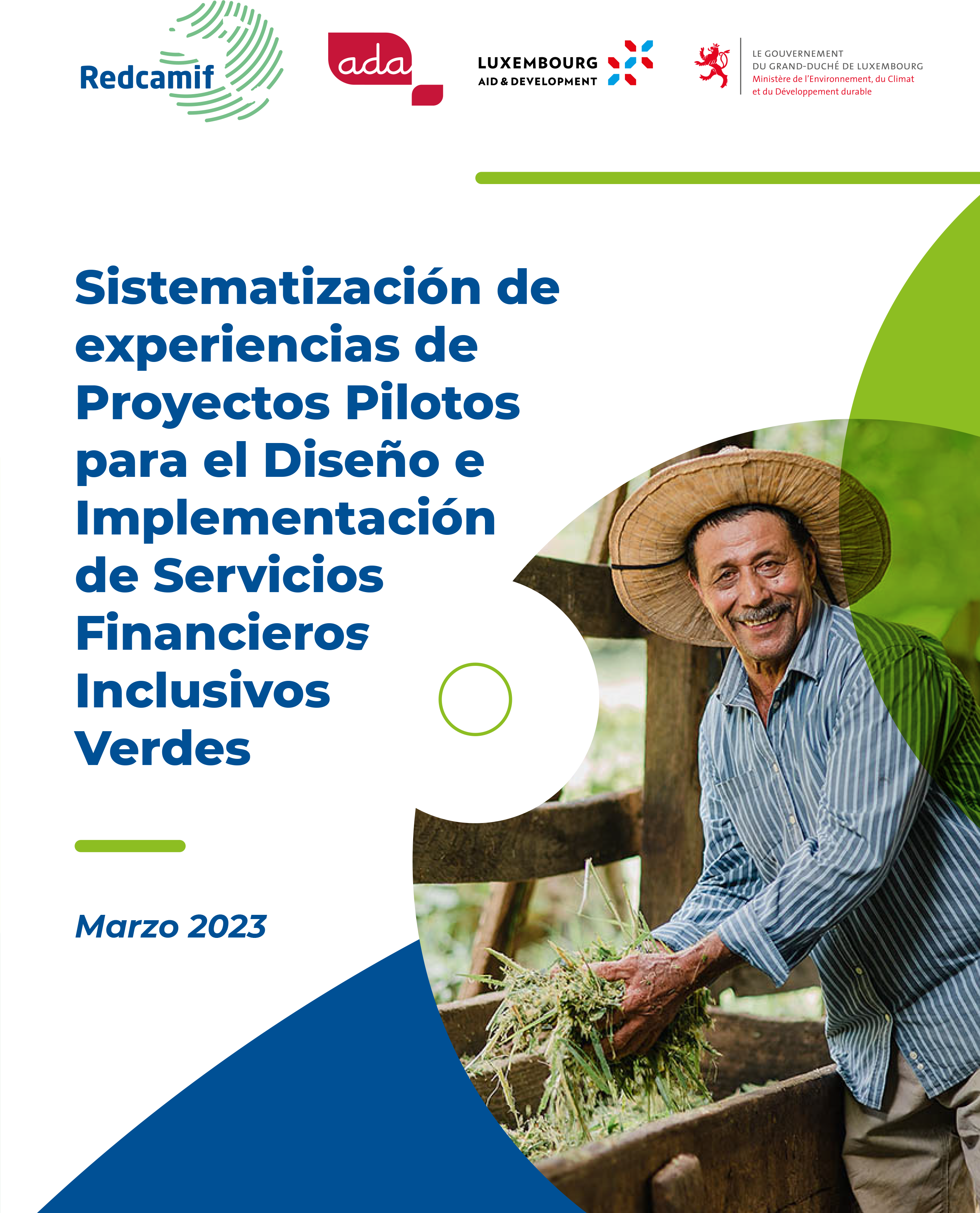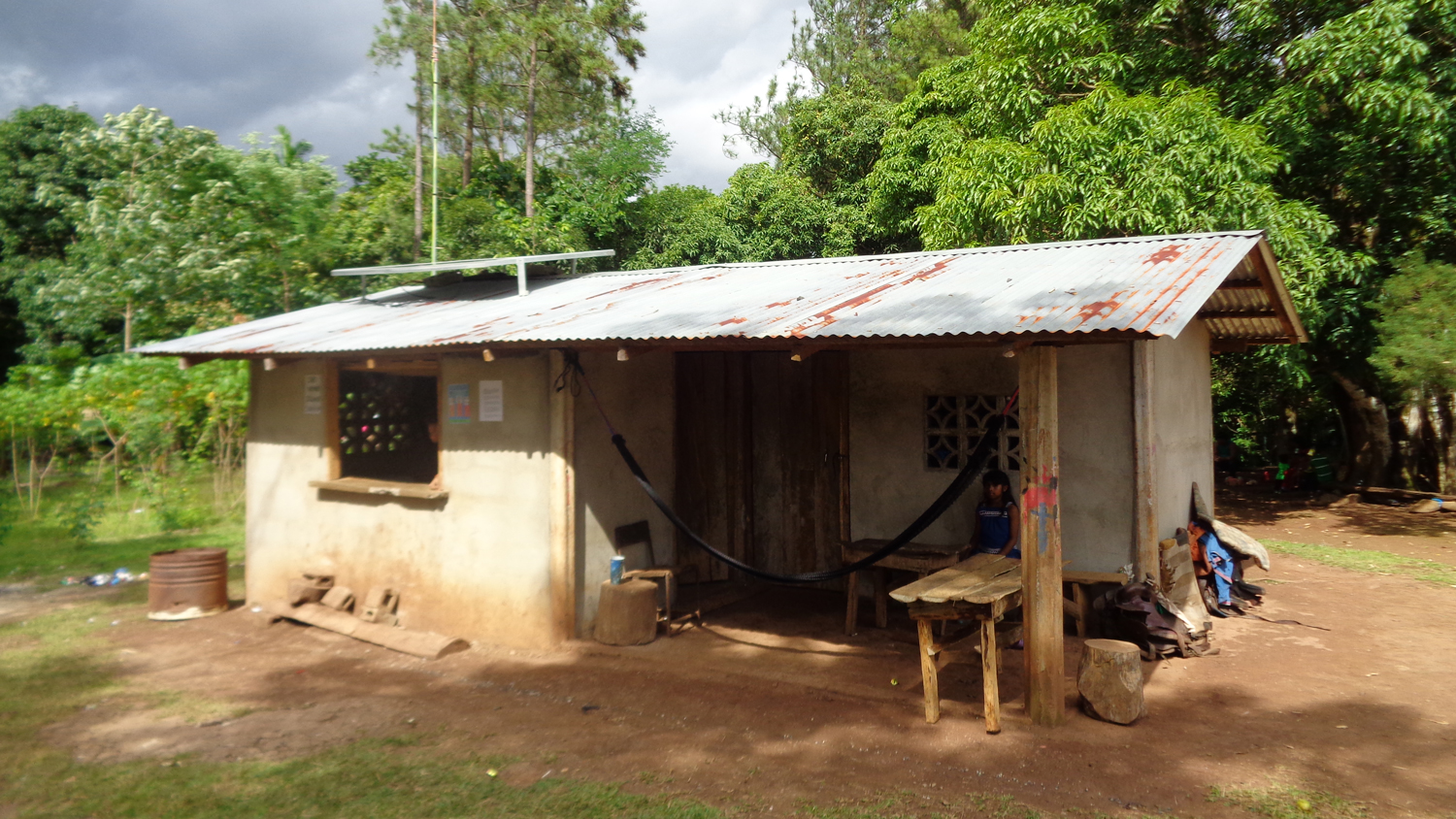Sector Study N°2 - Asset management efficiency and asset quality in the microfinance sector in Central America and the Caribbean
Author : REDCAMIF
Publication date: October 2019
Language: Spanish
Number of pages: 48
Format: PDF
Between 2018 and 2021, REDCAMIF published a series of studies on microfinance in Central America and the Caribbean to highlight the advances and challenges of the inclusive finance sector in the region. This document reflects the joint effort that REDCAMIF and ADA have made over the past 10 years to promote the financial and social inclusion of micro and small entrepreneurs. This study is the first in the series.
The objective of this study is to analyse the evolution of asset quality, mainly the loan portfolio of the microfinance sector in Central America and the Dominican Republic, as well as to identify the factors that have influenced this behaviour and the strategies that should be adopted to improve asset quality. It is based on historical information and financial indicators for the period 2016-2018 and on the assessments of executive directors of microfinance institutions.
The study focuses on macroeconomic and microeconomic factors that, as suggested by the literature review, condition the behaviour of portfolio quality, as measured by the 30-day portfolio at risk indicator. The results indicate that macroeconomic stability, socio-political crises, over-indebtedness, credit analysis and monitoring, staff capacity, product diversification and client awareness are among the most influential elements. This is considered important given that portfolio delinquency leads to increased expenses and reduced revenues and, consequently, to decreased profitability, which can affect equity.
This study will be useful for the different actors interested in the development of microfinance in the region: microfinance institutions will be able to assess themselves and take measures to reduce credit risk by considering the factors that currently affect the quality of their portfolio; donors and investors will be able to identify countries and/or types of institutions that have a better performance in terms of asset management; microfinance networks, technical assistance providers and international cooperation agencies will be able to design projects and services that incorporate some of the aspects found here.




